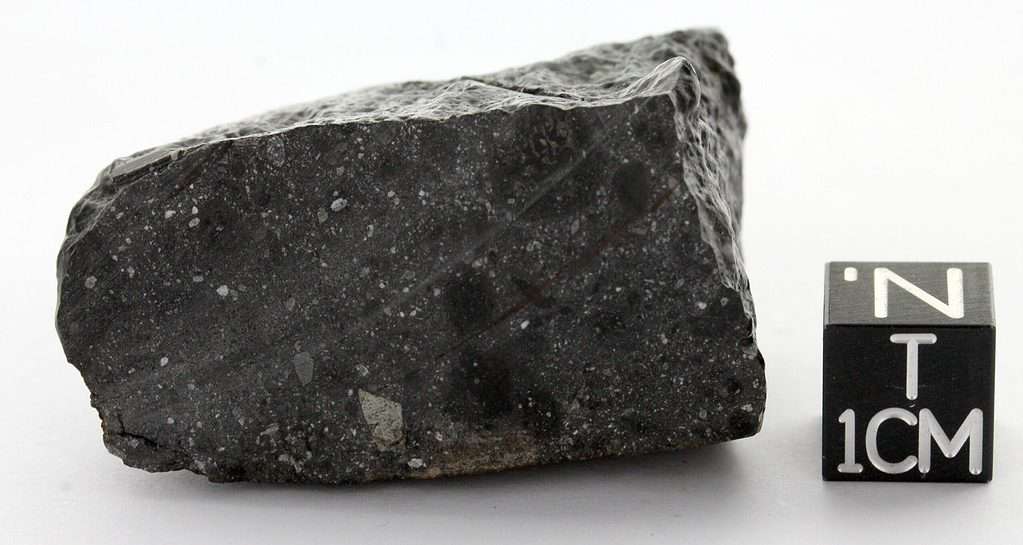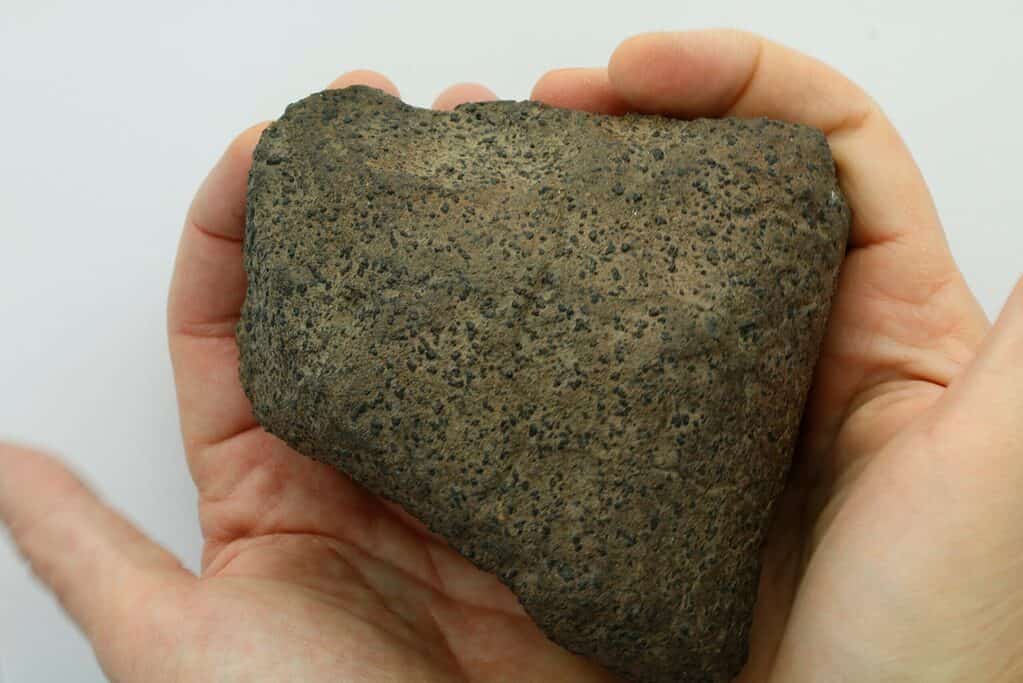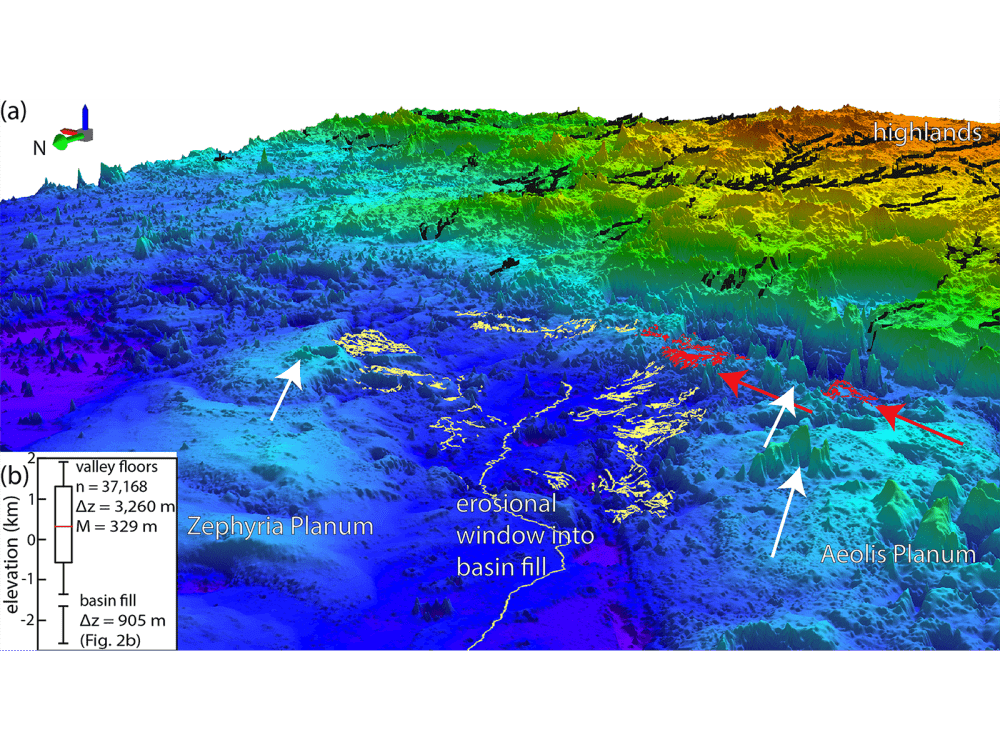The Red Planet might be now barren, dusty, and dead as a doornail but some three and a half billion years ago, it could have been known as the Blue Planet. A new study suggests that there was so much water on Mars, it covered the entire planet in a global ocean at least 300 meters deep, possibly a few kilometers deep in some sections during its first one hundred million years of existence. In comparison with this ancient wet Mars, our planet contains relatively little water.
That’s not all.
The authors of the new study from the University of Copenhagen, Université de Paris, ETH Zürich, and the University of Bern, have analyzed data suggesting ancient Mars got all its water by getting pummeled by ice-rich meteorites. But it wasn’t just copious amounts of water they exported from outer space; they also likely delivered amino acids, the essential building blocks of both RNA and DNA, the blueprint of life.
Did life evolve on Mars first?

These remarkable conclusions were drawn by studying equally remarkable meteorites. Billions of years ago Mars’ surface got bombarded by cosmic rocks and these impacts ejected material from the planet’s crust straight into space. These fragments of Mars traveled through space — and some of them actually reached Earth and would later be retrieved and identified by humans eons later.
Researchers studied 31 such meteorites of martian origin and found the presence of chromium-54, an isotope that cannot occur naturally on Mars. Its presence suggests that the martian crust samples that made their way to Earth were struck by alien material, most likely that belonged to asteroids from the outer solar system.
Judging from the distribution of the material that reached Earth and the chromium isotopic fingerprints, the researchers could compute just how many of these ice-rich meteorites must have crashed into ancient Mars.
Since these meteorites were made of up to 10% water, the authors concluded in the journal Science Advances that they could have deposited enough water to cover the entire surface of Mars to a depth of 300 meters.
“At this time, Mars was bombarded with asteroids filled with ice. It happened in the first 100 million years of the planet’s evolution. Another interesting angle is that the asteroids also carried organic molecules that are biologically important for life,” says Professor Martin Bizzarro from the University of Copenhagen’s Centre for Star and Planet Formation.

Scientists were able to reveal these intriguing secrets is made possible due to the way Mars’ surface was formed. Unlike Earth, whose crust is constantly being recycled by the churning motion of plate tectonics that transport material toward the interior, Mars is not tectonically active.
“Plate tectonics on Earth erased all evidence of what happened in the first 500 million years of our planet’s history,” Bizzarro said.
This means that Mars’s surface is static from the moment it formed, so it follows that the chemical signature from the meteorites is preserved in the red planet’s crust even to this day.
In other related news, geologists at the University of Pennsylvania analyzed satellite images of shoreline topography on the Martian surface, charting over 6,500 kilometers of fluvial ridges carved by ancient rivers around a depression called Aeolis Dorsa. All of these river systems flowed into Aeolis Dorsa, which around 3.5 billion years ago was actually an ocean. This suggests that, at least at one point in time, Mars’ atmosphere was thick and warm enough to support liquid water.

Taken together, all of these findings make a convincing case that Mars could have been a hotbed for life, supported by flowing water that carried nutrients. We have a smoking gun, now all that remains is to send more rovers because all of this is simply conjecture until someone finally finds fossils on Mars.


